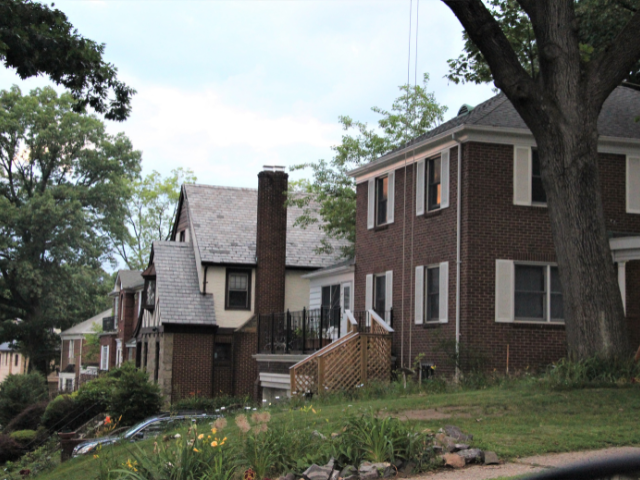The Community Board’s Transportation Committee in Kew Gardens, NY has recently faced a surge of requests for speed bumps within the district. While speed bumps may seem like a viable solution to address traffic concerns, it is crucial for the community to be aware of the potential drawbacks associated with their installation. There are various negatives of adding speed bumps, shedding light on their impact on emergency response times, property values, noise levels, vehicle maintenance, air pollution, fuel efficiency, and driver behavior.
Impact on Emergency Response Times
One of the primary concerns raised by the committee is the interference with emergency response times. Speed bumps can impede the swift movement of emergency vehicles, potentially delaying their arrival in critical situations. This delay could have severe consequences, jeopardizing the safety and well-being of the community.
Negative Effect on Property Values
Another significant drawback of speed bumps is their adverse impact on property values. Prospective buyers often reject homes located on streets with speed bumps, as they perceive them as an inconvenience. This rejection can lead to a decrease in property values, affecting homeowners in the long run.
Increased Noise Levels
With each passing vehicle, speed bumps contribute to an increase in noise levels. The constant thumping and rattling caused by vehicles traversing over these obstacles can disrupt the tranquility of the neighborhood, affecting the quality of life for residents.
Wear and Tear on Vehicles
Speed bumps can also take a toll on vehicles, leading to increased wear and tear. The repeated jolts experienced by cars passing over these bumps can result in damage to suspension systems, tires, and other components. This not only adds to the maintenance costs for vehicle owners but also contributes to unnecessary environmental waste.
Expensive Removal Process
Once installed, speed bumps can be challenging and costly to remove. This poses a significant problem if the community decides to eliminate them in the future due to changing circumstances or preferences. The financial burden associated with their removal can strain the resources of the community.
Negative Environmental Impact
Speed bumps have been found to contribute to increased air pollution. Studies indicate that they can lead to an 82% rise in carbon dioxide emissions, a 50% increase in carbon monoxide, and a 37% surge in nitrogen oxide. These pollutants have detrimental effects on air quality and can pose health risks to residents, particularly those with respiratory conditions.
Reduced Fuel Efficiency and Increased Gas Consumption
In addition to environmental concerns, speed bumps also impact fuel efficiency. The constant acceleration and deceleration required to navigate over these obstacles can lead to increased gas consumption. This not only adds to the financial burden of vehicle owners but also contributes to carbon emissions and overall energy waste.
Ineffectiveness in Changing Driver Behavior
Despite the installation of speed bumps, studies have shown that they do not significantly alter driver behavior. Motorists tend to quickly adapt to the presence of speed bumps, adjusting their speed accordingly and then returning to their previous habits once past the obstacle. This raises questions about the effectiveness of speed bumps as a long-term solution to address speeding concerns.
While speed bumps may initially seem like a viable solution to address traffic issues, it is essential to consider the potential negatives associated with their installation. In Kew Gardens, NY, the Community Board’s Transportation Committee has highlighted concerns regarding emergency response times, property values, noise levels, vehicle maintenance, air pollution, fuel efficiency, and driver behavior. By understanding these drawbacks, the community can make informed decisions about implementing alternative measures to ensure the safety and well-being of its residents.


